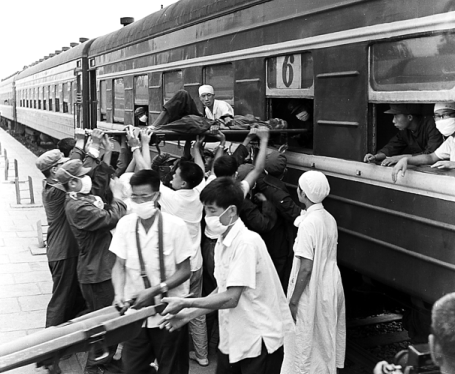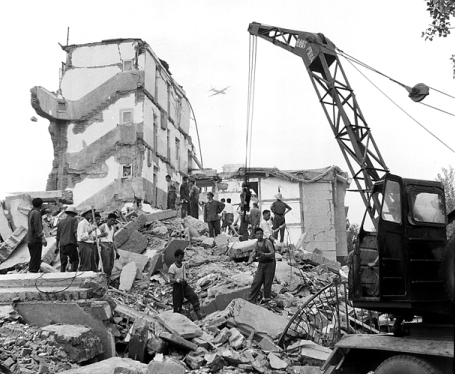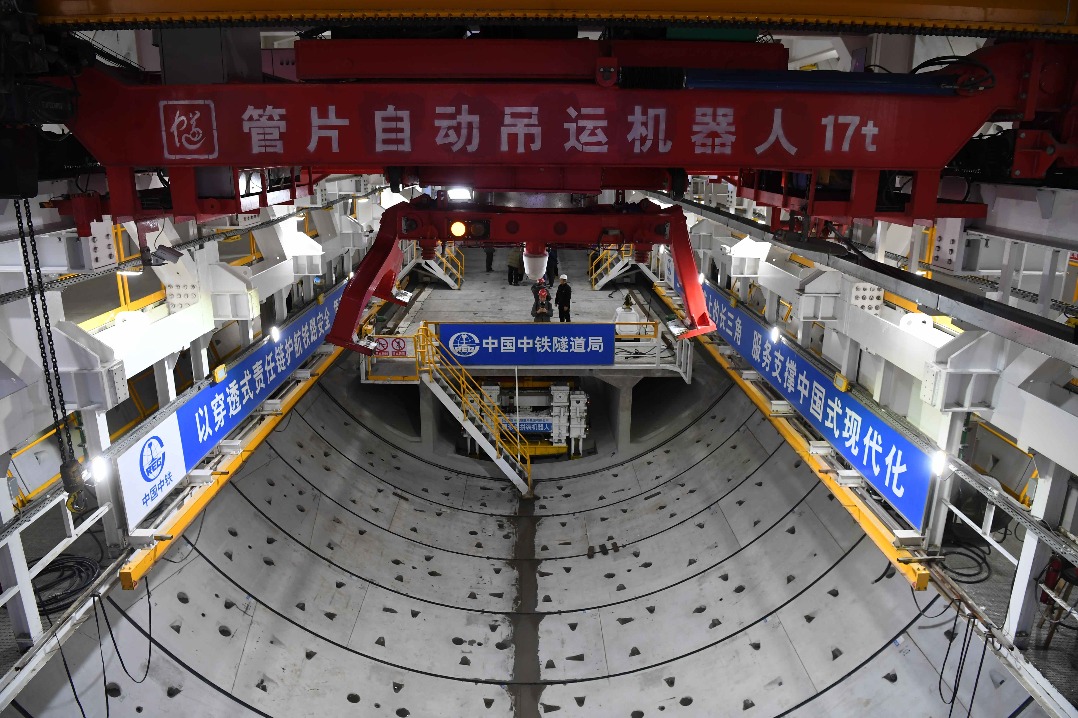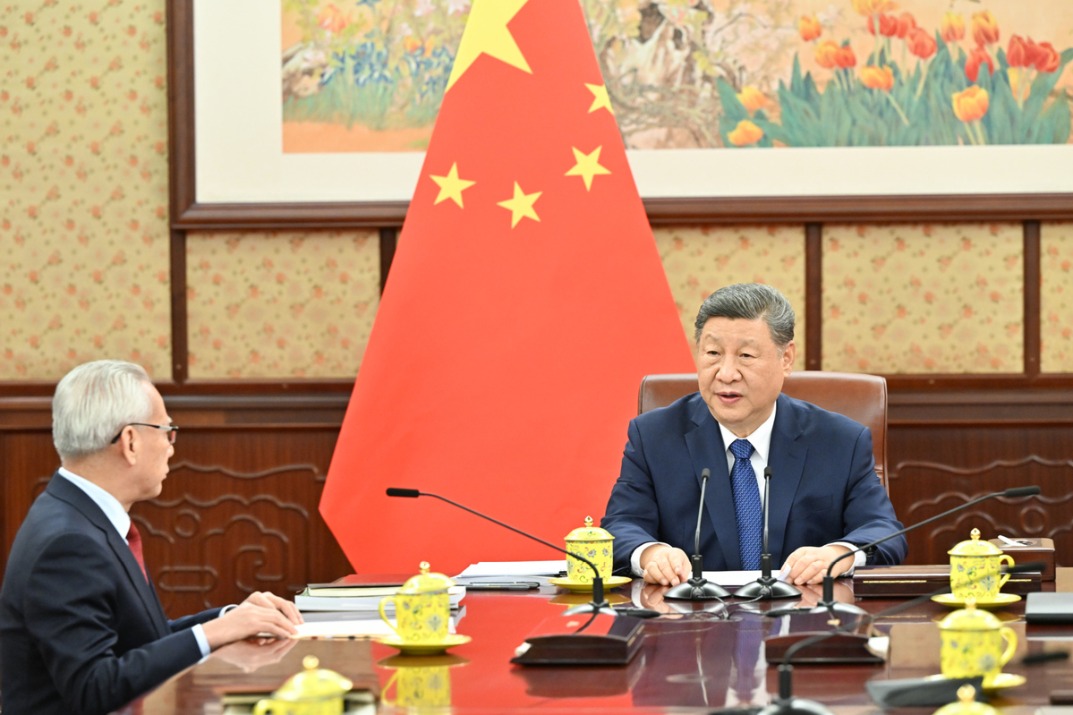Industrial hub bounces back impressively from the devastation of 44 years ago

Located in the east of Hebei province and covering more than 13,000 square kilometers, Tangshan is named after an imperial concubine of Emperor Taizong of Tang about 1,400 years ago.
The industrial hub, which lies north of Bohai Bay and is relatively close to Beijing and Tianjin, functions as a corridor connecting North and Northeast China.
Tangshan plays a leading role in the production of coal, steel and chemicals. Known as "the capital of ceramics production in North China" it is the birthplace of the country's first mechanized coal mine, standard gauge railway, steam engine and cement produced by machine.
Pingju Opera, which originated in the city, is one of the most popular art forms in China and is listed as part of the country's intangible cultural heritage.
The city is also a key regional port, acting as an outlet to the outside world for North China and parts of Northwest China.
Last year, cargo handling capacity at Tangshan port reached 6,500 million metric tons, the third-highest quantity globally, according to the Tangshan city government.
With nearly 8 million residents, Tangshan's GDP last year was 689 billion yuan (about $100 billion), one-fifth that of Beijing's.
At 3:42 am on July 28, 1976, a 7.8 magnitude earthquake struck Tangshan, killing at least 242,000 people-almost 25 percent of the city's population-and leaving more than 160,000 severely injured. Within minutes, the city stood in ruins, with more than 650,000 of its 680,000 buildings either collapsing or left damaged.
Regarded as one of the most destructive quakes in the 20th century, the disaster left more than 3,800 people paralyzed, over 4,200 children orphaned, and caused direct economic losses of more than 3 billion yuan.
The quake was felt in more than 14 provinces, autonomous regions and cities, including Beijing and Tianjin. On the same day, a 7.1 magnitude aftershock occurred in Luanxian county, Tangshan, and similar occurrences have been experienced ever since.
On May 28, 2012, a 4.8 magnitude aftershock jolted the area bordering urban Tangshan and Luanxian county.
Many experts said they thought the latter incident stemmed from the 1976 quake, after which the city started to consider a rebuilding program the following year. More than 3,000 experts and technicians from across the country took part in drafting a construction plan, which was revised in 1982 and 1984.
Work officially began in the second half of 1979 and was completed in 1986.
To commemorate those who lost their lives and loved ones in 1976, and people who made painstaking efforts to rebuild the city, in 1986, to mark the 10th anniversary of the quake, a monument was erected and a memorial hall built in the city center.
On Nov 13, 1990, Tangshan was awarded the United Nations Habitat Scroll of Honor. The city government was also named by the UN as "an outstanding organization contributing to human residence" for its reconstruction efforts.


Today's Top News
- Crossing a milestone in the journey called Sinology
- China-Russia media forum held in Beijing
- Where mobility will drive China and the West
- HK community strongly supports Lai's conviction
- Japan paying high price for PM's rhetoric
- Japan's move to mislead public firmly opposed






























